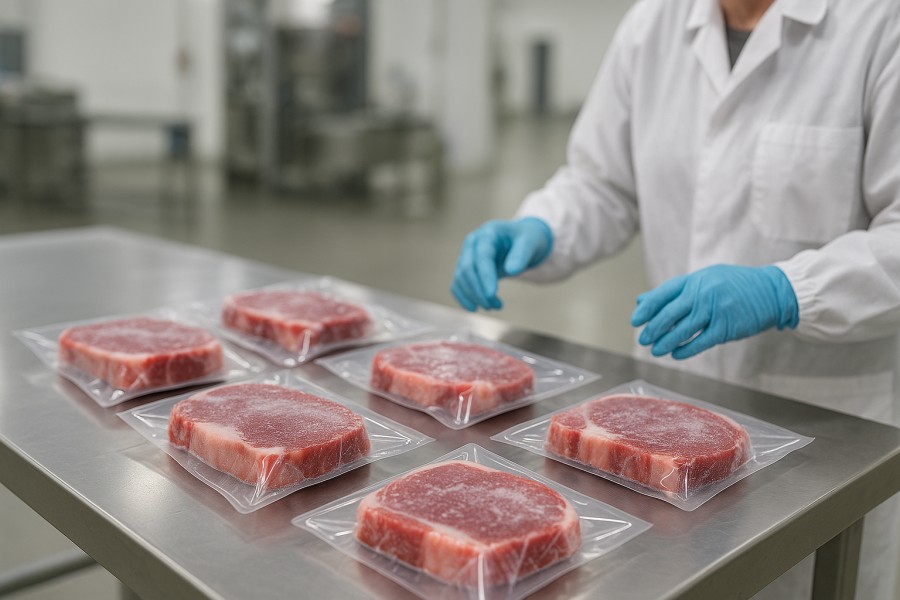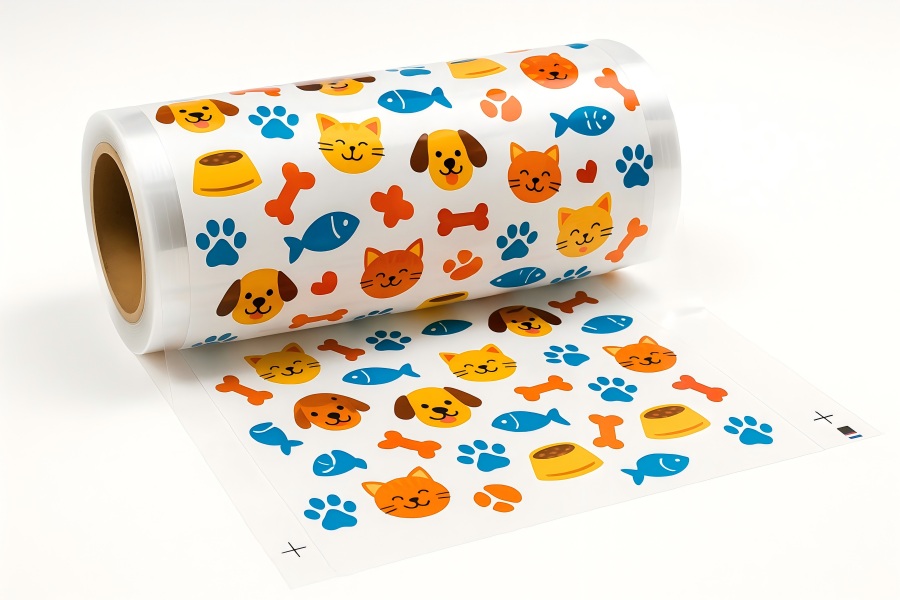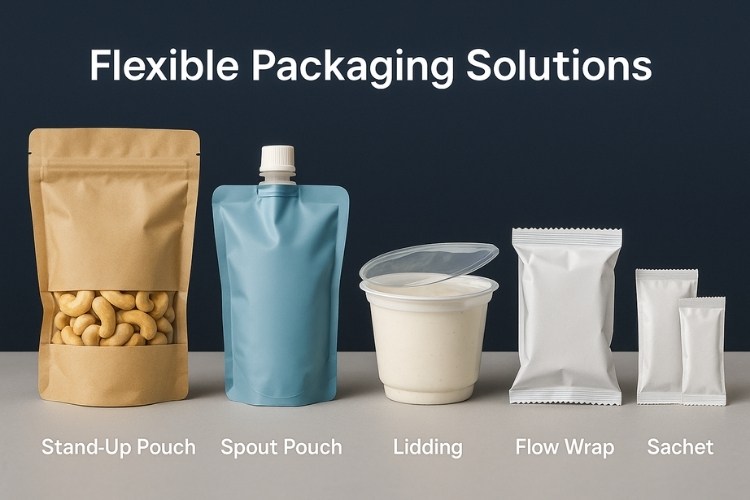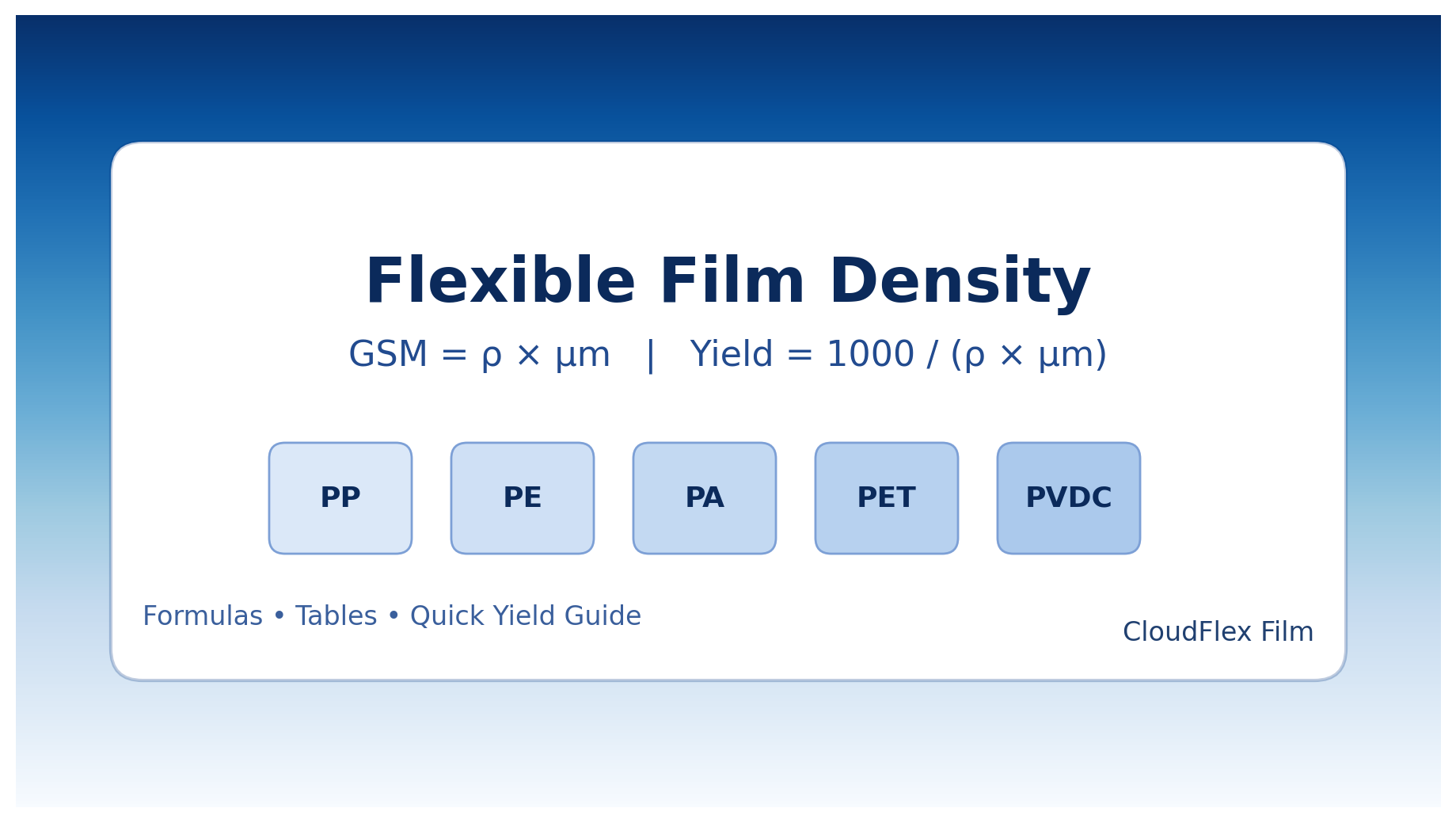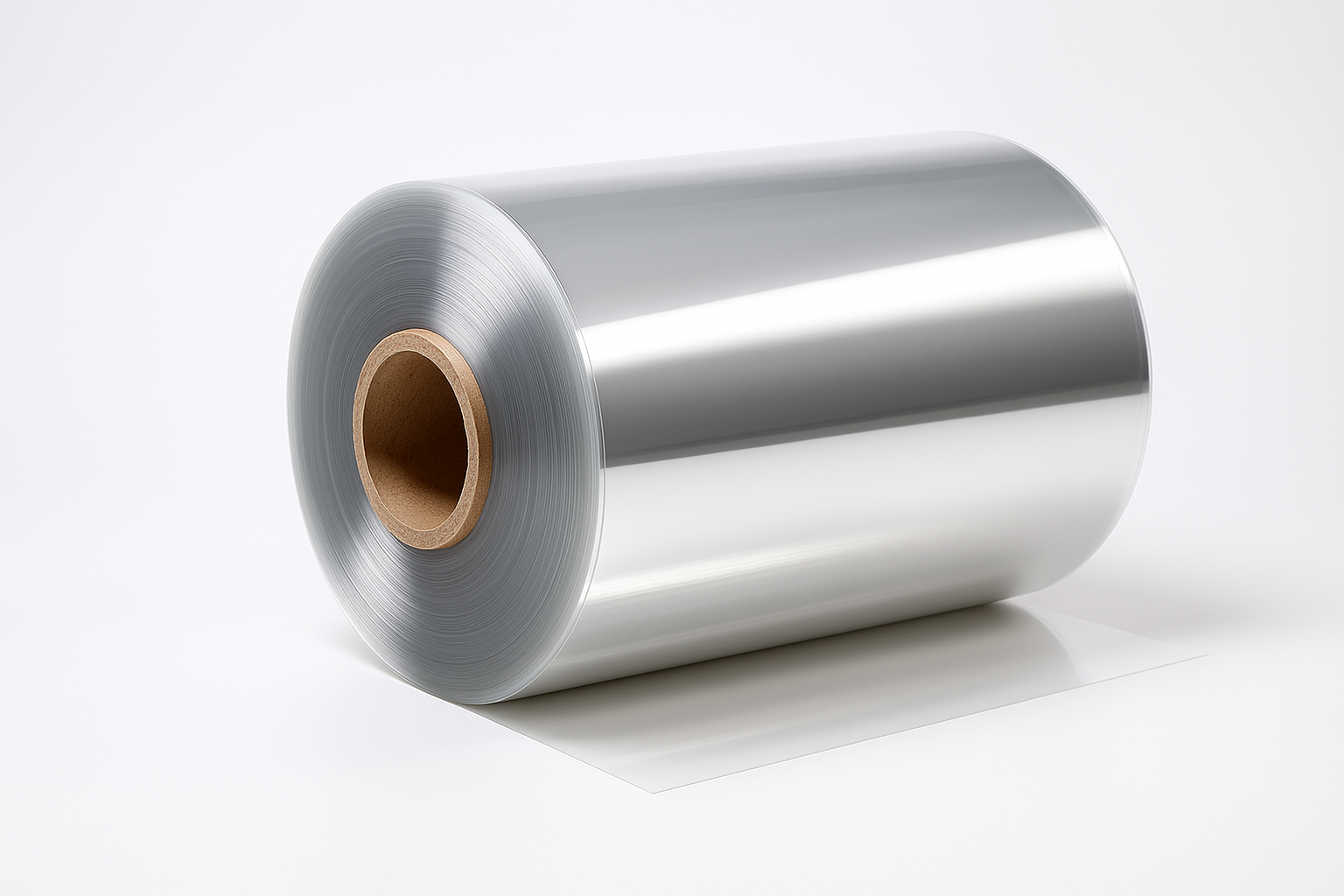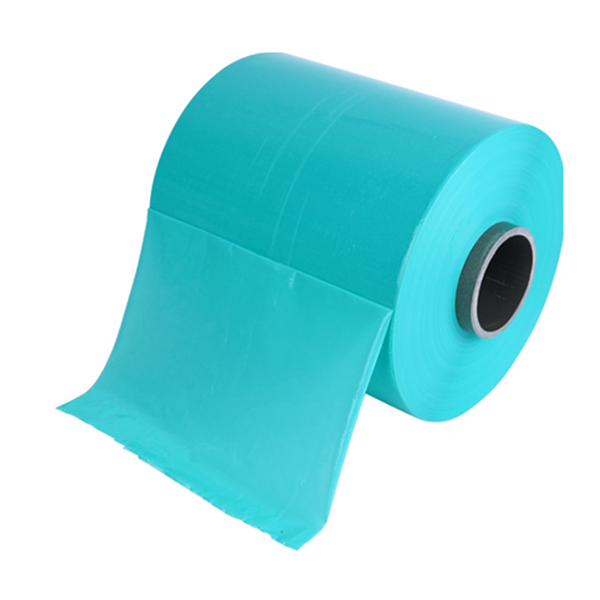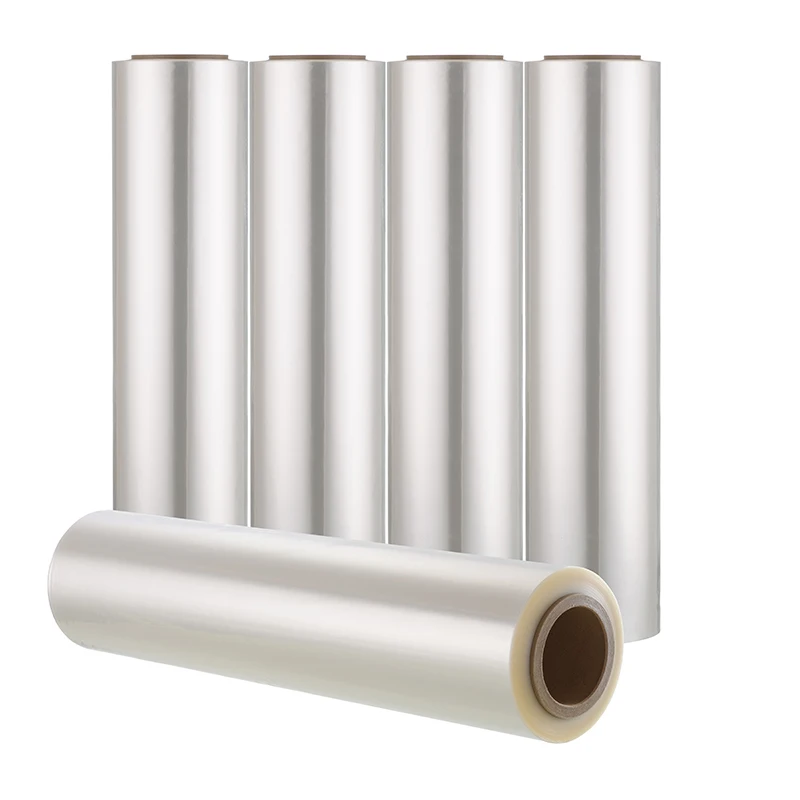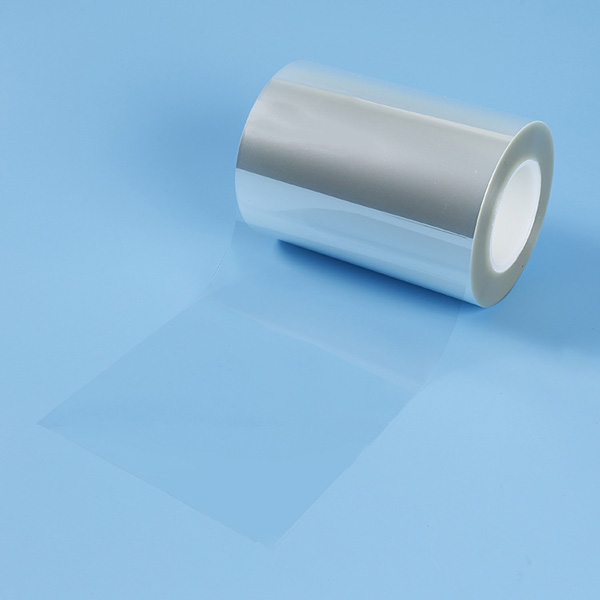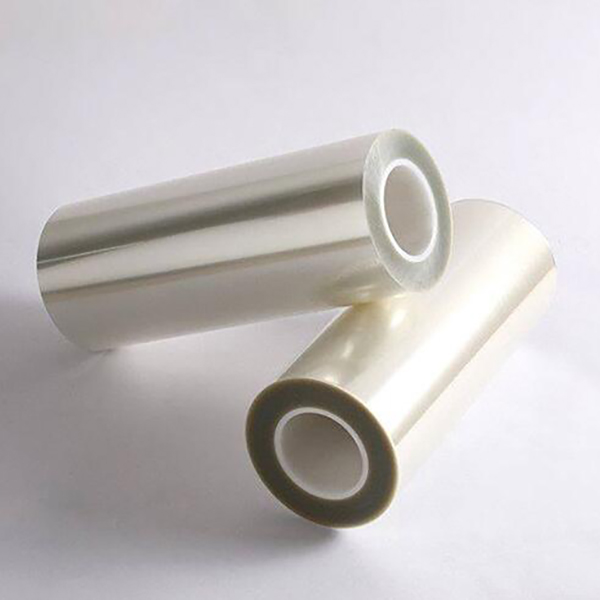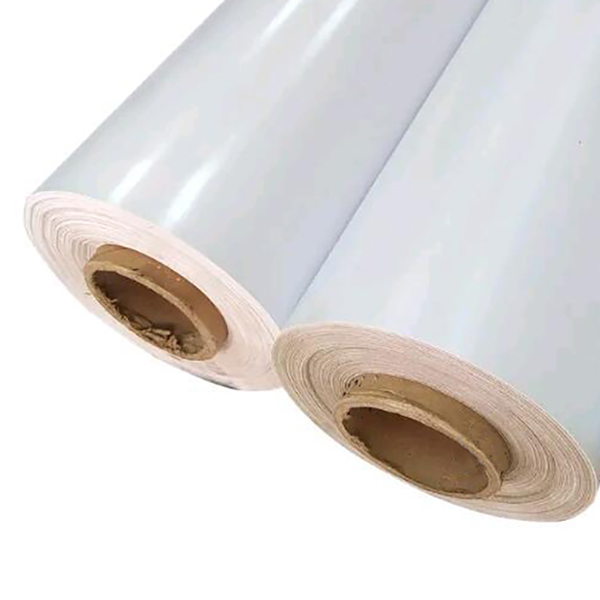Introduction
Polyethylene film greenhouses have become a cornerstone of modern agriculture and horticulture, offering an affordable and efficient solution for crop protection and climate control. Whether you’re a commercial farmer, a hobby gardener, or an agricultural researcher, understanding the types, benefits, and best practices of polyethylene film greenhouses is essential for optimizing plant growth and ensuring long-term durability.
In this guide, we’ll explore everything you need to know about polyethylene film greenhouses, from material selection to installation tips, helping you make informed decisions for your growing environment.
Types of Polyethylene Films Used in Greenhouses

{ Various Functional Polyethylene Films Suitable for Greenhouse Manufacturing }
1. Standard Polyethylene Film
Standard polyethylene film is the most basic and economical option. It typically lasts 1-2 years and provides basic protection against wind and rain. However, it lacks UV stabilization and may degrade quickly under intense sunlight. This type is suitable for short-term or seasonal use where cost is a primary concern.
2. UV-Stabilized Polyethylene Film
UV-stabilized films are treated to resist degradation caused by ultraviolet radiation. They can last 3-5 years, making them ideal for long-term greenhouse applications. These films maintain transparency and structural integrity longer than standard films, providing better value over time.
3. Anti-Drip (Anti-Fog) Polyethylene Film
Anti-drip films contain additives that reduce condensation buildup on the inner surface. This feature prevents water droplets from falling onto plants, reducing the risk of disease and improving light transmission. These films are especially beneficial in humid climates or for sensitive crops.
4. Infrared (IR) Polyethylene Film
IR films are designed to retain heat by blocking infrared radiation from escaping. This helps maintain a stable internal temperature, reducing heating costs during colder months. IR films are often used in regions with significant temperature fluctuations between day and night.
5. Multi-Layer Polyethylene Film
Multi-layer films combine several functional layers, such as UV stabilization, anti-drip, and IR properties, into a single product. These high-performance films offer the best overall protection and longevity, typically lasting 4-6 years. They are the preferred choice for commercial growers seeking maximum efficiency and crop yield.
Benefits of Using Polyethylene Film in Greenhouses
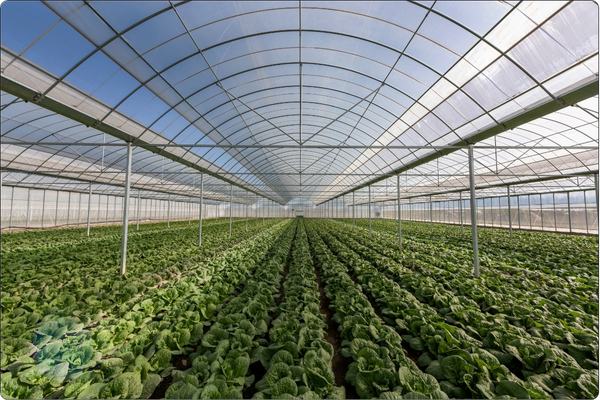
{ Multiple Advantages of Polyethylene Film Greenhouses }
1. Cost-Effectiveness
Polyethylene film is one of the most affordable greenhouse covering materials available. Its low initial cost makes it accessible to small-scale farmers and hobbyists, while its durability options provide scalability for commercial operations.
2. Lightweight and Easy to Install
Unlike glass or rigid polycarbonate panels, polyethylene film is lightweight and flexible, making it easy to handle and install. This reduces labor costs and construction time, allowing growers to set up or replace greenhouse coverings quickly.
3. Excellent Light Transmission
High-quality polyethylene films can transmit up to 90% of visible light, promoting optimal photosynthesis and plant growth. Some films are also designed to diffuse light, reducing shadows and ensuring even light distribution across the canopy.
4. Customizable Properties
With various additives and treatments available, polyethylene films can be customized to meet specific needs. Whether you require UV protection, heat retention, or condensation control, there’s a polyethylene film solution tailored to your environment.
5. Environmental Sustainability
Many modern polyethylene films are recyclable, and some manufacturers offer biodegradable options. Additionally, the energy efficiency of IR films can reduce greenhouse gas emissions associated with heating, contributing to more sustainable farming practices.
Best Practices for Installation and Maintenance
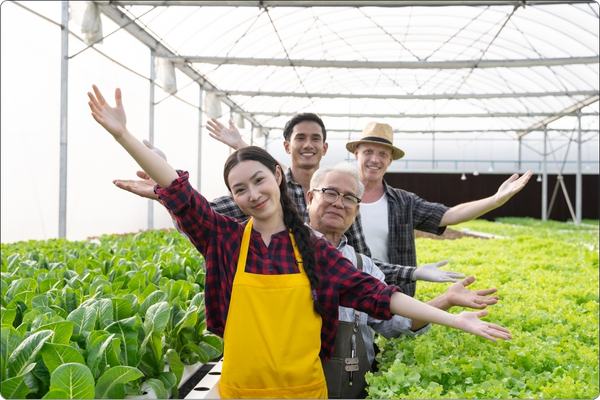
{ Installation and Maintenance of Polyethylene Film Greenhouses }
1. Site Preparation
Before installation, ensure the greenhouse frame is clean, smooth, and free of sharp edges that could puncture the film. Proper site preparation prevents premature damage and extends the life of the covering.
2. Proper Tensioning
Polyethylene film should be installed with the correct tension—tight enough to prevent flapping in the wind but not so tight that it risks tearing during temperature changes. Use specialized tools like wiggle wires or locking channels to secure the film evenly.
3. Overlap and Sealing
When joining multiple sheets of film, overlap them by at least 30 cm and seal the edges with greenhouse tape or specialized adhesives. This prevents water leakage and wind infiltration, maintaining a stable internal environment.
4. Regular Inspections
Inspect the film regularly for signs of wear, such as tears, discoloration, or loss of tension. Address minor issues promptly to prevent them from escalating into major problems that could compromise the entire greenhouse structure.
5. Cleaning and Maintenance
Keep the film clean to maximize light transmission. Use a mild soap solution and a soft brush or sponge to remove dirt and algae. Avoid abrasive materials that could scratch the surface and reduce its effectiveness.
Common Challenges and Solutions
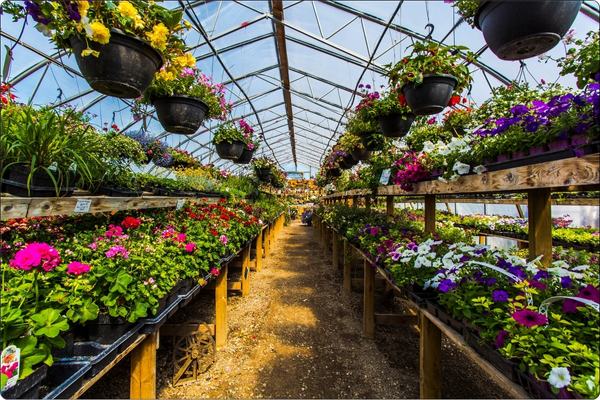
{ Common Challenges and Solutions for Polyethylene Greenhouse Films }
1. Wind Damage
High winds can cause polyethylene film to flap, leading to tears and detachment. Solution: Ensure proper tensioning and use windbreaks or netting to reduce wind exposure. In windy areas, consider reinforced or multi-layer films for added strength.
2. UV Degradation
Prolonged exposure to UV radiation can weaken the film, causing it to become brittle and crack. Solution: Invest in UV-stabilized films and replace them before the end of their expected lifespan to avoid sudden failures.
3. Condensation and Disease
Excess condensation can promote fungal growth and plant diseases. Solution: Use anti-drip films and ensure adequate ventilation to maintain airflow and reduce humidity levels inside the greenhouse.
4. Temperature Fluctuations
Extreme temperature changes can stress the film and the plants inside. Solution: Use IR films to retain heat and consider installing shade cloths or ventilation systems to regulate temperature during hot weather.
Future Trends in Polyethylene Greenhouse Films
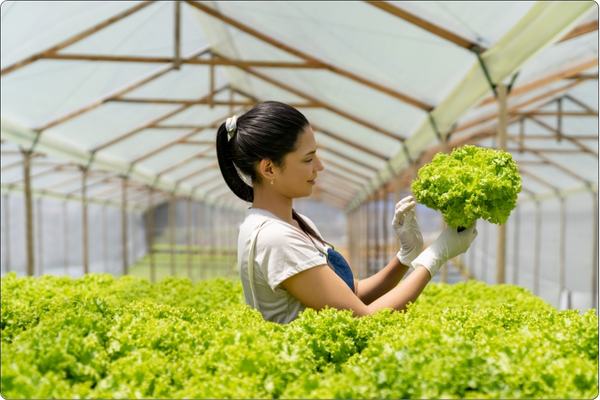
{ Future Trends in Polyethylene Greenhouse Films }
The greenhouse industry is continuously evolving, with new technologies enhancing the performance of polyethylene films. Some emerging trends include:
- Smart Films: Films with embedded sensors that monitor environmental conditions and adjust properties like light transmission or heat retention automatically.
- Nanotechnology: The use of nanoparticles to improve UV resistance, strength, and even self-cleaning properties.
- Biodegradable Films: Environmentally friendly options that break down naturally after use, reducing plastic waste.
- Energy-Generating Films: Experimental films that incorporate solar cells to generate electricity while still allowing light transmission for plant growth.
These innovations promise to make polyethylene film greenhouses even more efficient, sustainable, and adaptable to future agricultural challenges.
Why Choose CloudFilm for Your Greenhouse Needs?
At CloudFilm, we specialize in high-quality polyethylene films designed to meet the diverse needs of modern growers. Our products include:
- UV-Stabilized Films: For long-lasting protection against sunlight degradation.
- Anti-Drip Films: To minimize condensation and reduce disease risk.
- IR Films: For improved heat retention and energy efficiency.
- Multi-Layer Films: Combining multiple benefits for maximum performance.
We offer free samples and expert consultations to help you select the perfect film for your greenhouse. Whether you’re building a new structure or upgrading an existing one, CloudFilm has the expertise and products to ensure your success.
Grow smarter with CloudFilm!


